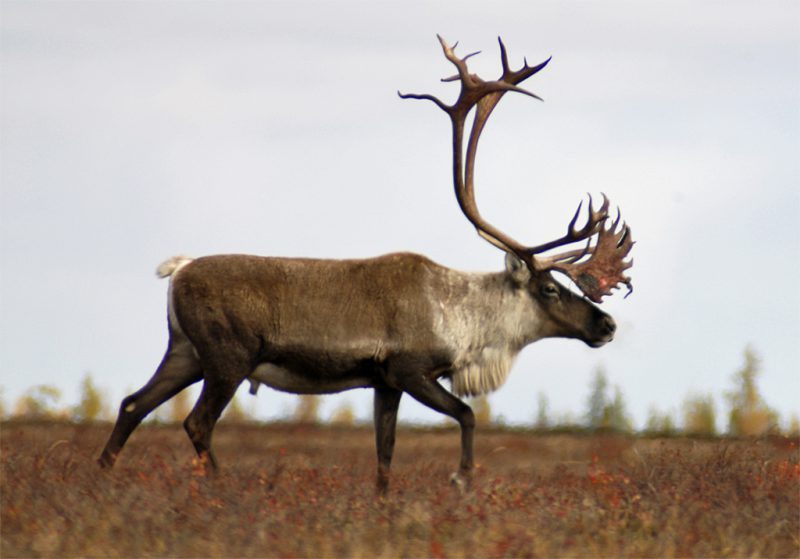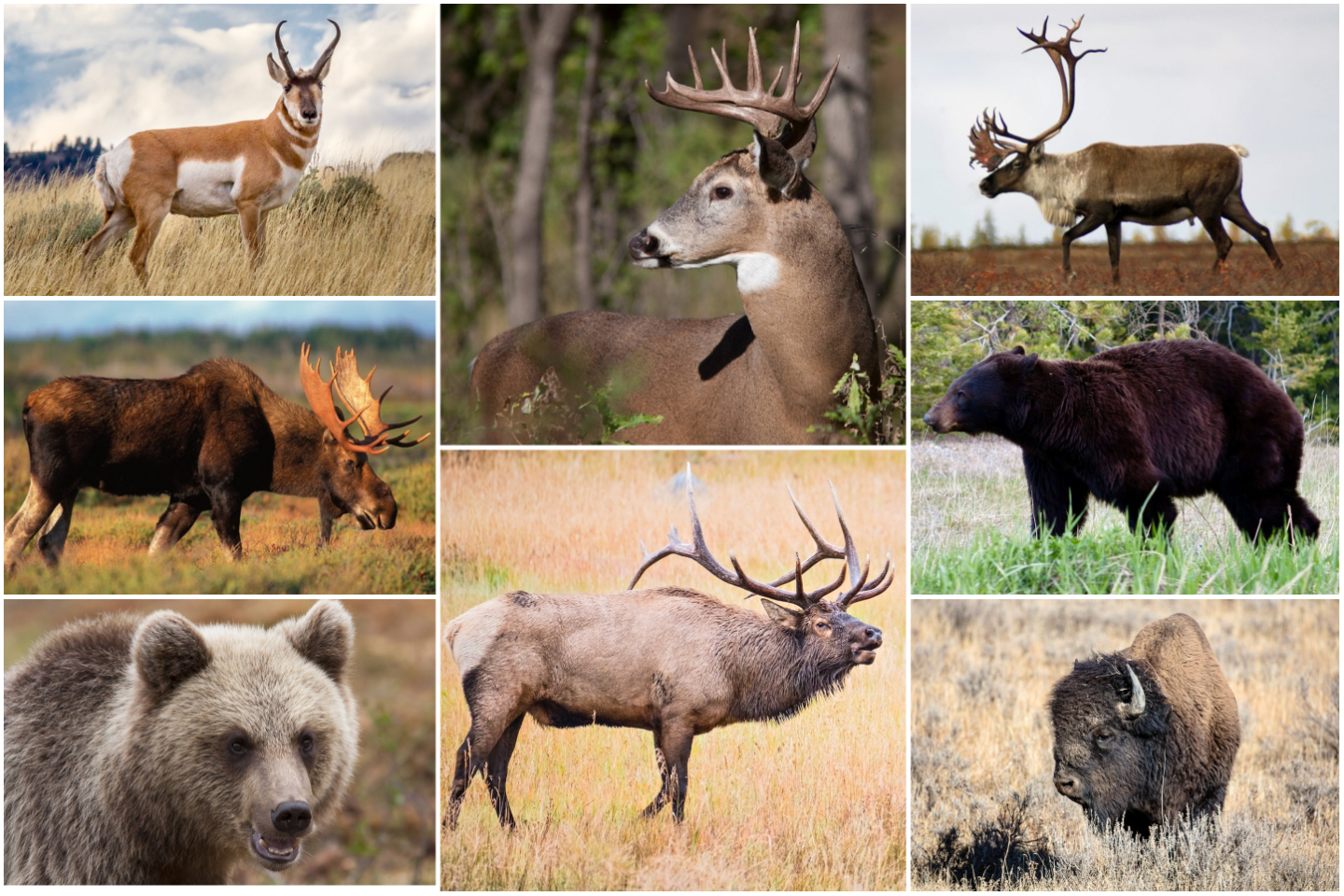THE HUNTS AHEAD
Our exclusive annual province-by-province breakdown of Canada’s hottest big-game hunting spots
Advertisement

YUKON
After a dry start to last winter, the pattern shifted to above normal precipitation, with record snowfalls at several monitoring stations. The temperatures were about normal for the Yukon, but there were cold snaps in December and January that saw lows rarely experienced in recent years. Most of the Yukon’s cold-adapted game animals can handle such conditions, but deer, already at the northern limit of their range, will have been impacted. After a significant drop in non-resident hunters in 2020 due to pandemic travel restrictions, the hunter and harvest numbers in 2021 were closer to pre-pandemic years.
BEARS
Advertisement
Almost 7,000 grizzlies are distributed throughout the Yukon, from the B.C. border to the Arctic ocean. They are more common in the south, but even there, the population density is low. Licensed hunters are allowed one grizzly every three years, and the harvest is closely monitored to ensure it remains sustainable. More common than grizzlies, the Yukon’s black bears are concentrated in the forested valleys of the centre and south of the territory. The population is considered stable, and the hunting prospects look promising again this year. The most popular game management zones (GMZs) are 3 and 4.
BISON
The current estimate of the Yukon’s bison population is about 1,400 adults. Entering the draw for a bison licence is becoming more popular, and hunter success has been gradually increasing, now approaching the allowable annual harvest of 300 animals.
Advertisement
CARIBOU
Yukon hunters have access to both woodland caribou and migratory barren-ground caribou, including the huge Porcupine herd. Unlike many struggling caribou populations across Canada, the Porcupine herd has been increasing over the past decade. The harvest of these animals varies greatly from year to year in the Yukon, depending on their migration pattern and proximity to the Dempster Highway. Recently, there was an increase in opportunities to also hunt the Fortymile herd. And new this year, there will be hunting opportunities for the Nelchina herd when it crosses into the Yukon from Alaska. As for woodland caribou, the Yukon’s estimated 41,000 animals are widely distributed in many identified herds across the south and east of the territory. Not all areas are open to hunting, however, and road access is key where hunting is allowed.
MOOSE
These are the most popular hunted game species in the Yukon, and for good reason—they are huge and plentiful, with an estimated population of 70,000. In some popular areas, increased hunting pressure has resulted in tightened regulations. In the South Canol and Sifton-Miners areas, for example, moose permits are now only available via a lottery system, while the Mayo area now joins Faro as a threshold hunt (meaning it closes once a specified number of animals are harvested). GMZ 4 is the most popular area among licensed moose hunters.
MOUNTAIN SHEEP
In their mountain habitat, the Yukon’s estimated 20,000 thinhorn sheep can be difficult to access, but they still attract many hunters, including those from outside the territory. The highest hunter harvests are typically in GMZs 5 and 7 owing to the high sheep densities and ease of access from Whitehorse.

